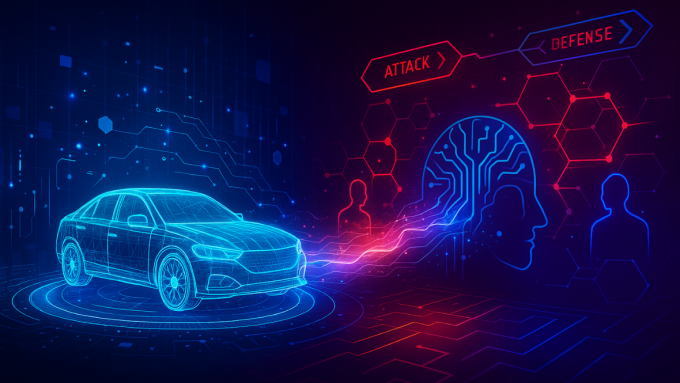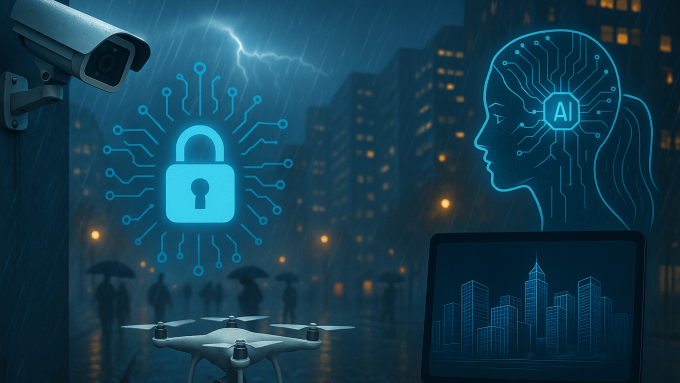The International Organization for Standardization (ISO) has published over 22,000 formal standards supporting the dissemination of good practice to a range of sectors from agriculture to retail. Due to the breadth of topics covered it is difficult to conceive of a domain which hasn’t been at least partially standardized. In fact, as of 2019, ISO had four standards published which referenced digital twins:
- ISO 14033 (Quantitative Environmental Information)
- ISO 15704 (Requirements for enterprise-referencing architectures)
- ISO 18101-1 (Oil and Gas interoperability)
- ISO 30146 (Smart City ICT Indicators)
And, more interestingly, one of these saw the first definition for a digital twin included within an ISO document:
Quote
digital twindigital asset on which services can be performed that provide value to an organization [SOURCE: ISO/TS 18101:2019, 3.9]
Within ISO, there are several requirements which need to be conformed to when producing a definition. These requirements are outlined within two standards:
- ISO 10241-1 (general requirements and examples of presentation)
- ISO 704 (principles and methods)
ISO 10241-1, which covers the structure of a term including how to structure a definition and referencing; and ISO 704, which covers the principles of doing terminology work. These standards state that when developing a definition, it should:
- Be a single phrase specifying the concept and, if possible, representing that concept within a larger system;
The digital twin definition from ISO/TS 18001 does so by referencing other key terms such as digital assets and services. This provides a relationship to other related terms. In doing so, this definition makes digital twin a type of digital asset being used to create value.
- Be general enough to cover the use of the term elsewhere;
This definition is specific enough to capture what a digital twin is in a generalist sense, while also being sufficiently generic that the same definition can be used in other standards. This is vital to achieve a harmonization of concepts across a disparate suite of documentation.
- Not include any requirements; and
In addition, this definition doesn’t say what needs to be done for something to be considered a digital twin. This is important as definitions are meant to inform, not instruct.
- Be able to substitute the term within a sentence.
Finally, and possibly the most challenging requirement, a definition needs to be able to substitute for the term within a sentence. For example:
- This exemplar organization utilizes a digital twin to improve the effectiveness of their predicative maintenance systems
- This exemplar organization utilizes a digital asset on which services can be performed that provide value to an organization to improve the effectiveness of their predicative maintenance systems
Within the Gemini Principles, there is also another definition to consider:
Quote
digital twin a realistic digital representation of assets, processes or systems in the built or natural environment
However, while this definition isn’t suitable for ISO as it wasn’t designed to meet these requirements, the inclusion of “realistic digital representation” might help enhance the ISO definition.
And there we have it. The ISO definition for digital twin is, technically speaking, a good example of an ISO definition. However, does the definition sufficiently capture the correct concepts and relationships outlined within the Gemini Principles? Following the criteria above, how would you define a digital twin?
DTHUb_NewbieGuide_May2020_(1).pdf


Leave a comment